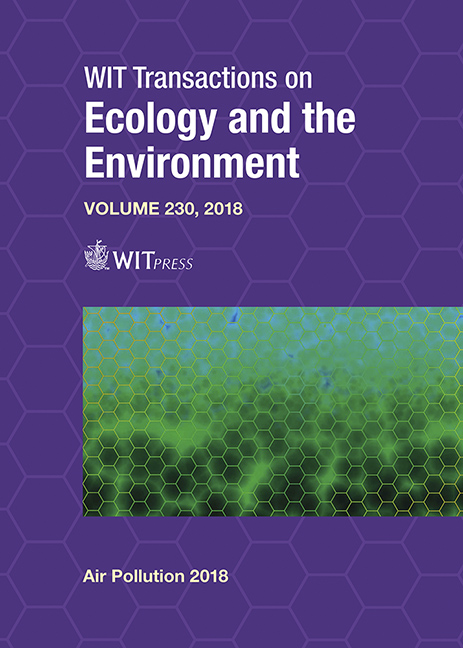A PHYSICO-CHEMICAL STUDY OF DUST SAMPLES FROM THE DERELICT AND OWNERLESS ASBESTOS MINE DUMPS IN MPUMALANGA PROVINCE, REPUBLIC OF SOUTH AFRICA
Price
Free (open access)
Transaction
Volume
230
Pages
12
Page Range
331 - 342
Published
2018
Paper DOI
10.2495/AIR180311
Copyright
WIT Press
Author(s)
MAPHUTI G. KWATA, SHADUNG J. MOJA, GLADNESS M. CHADI
Abstract
Asbestos is generally defined as a group of naturally occurring fibrous, silicate mineral that is abundant on the crust of the Earth. Despite the cessation of asbestos mining due to associated health effects in the Republic of South Africa in 2001, there is still a concern about possible environmental exposure to asbestos fibres. This paper reports the dust fall rates for a period of six months from January 2017 to June 2017 using the American Standard Test Method, ASTM D1739 of 1970 at five sampling sites that are within the local communities that are close to the derelict and ownerless asbestos mine dumps in Mpumalanga Province. This method is the recommended method of collection and analysis of dust fall rate in South Africa. After filtration, dust fall rates were determined gravimetrically. Filter papers containing dust fall samples were further analyzed using the Scanning Electron Microscope – Energy Dispersive X- ray (SEM – EDX), X-Ray Diffraction and Fluorescence (XRD and XRF) techniques. The amount of the serpentine asbestos group vs amphibole asbestos group obtained were 23 and 3%m/m at site A, 5 and 2%m/m at site B, 15 and 0%m/m at site C, 36 and 7%m/m at site D, as well as 7 and 0%m/m at site E. Other minerals detected in random order include feldspar, kaolinite, quartz, mica and talc. The non-silicate minerals detected were illimenite, metallic and organic and different types of amphibole: actinolite, barosite, ferri-magnesiotaramitel, grunerite, tremolite, winchite and feldspar; albite, andesine, anorithite, bytownite, labradorite, microcline, oligoclase, anidine, and sanidene. Most particles dust with shapes that include granular, sponge like, spiral, semi rectangular and semi triangular. The length to width ratios of the serpentine asbestos group ranged from 2:1 to 6:1, while the amphibole ratios were about 3:1 to 5:1. The continued presence of asbestos group minerals in inhalable fractions of airborne dust material is worrying and should be mitigated accordingly.
Keywords
dust fall, asbestos, minerals, physico-chemical, and characterization, SEM, XRD





